
Image and concept by the very clever New York based artist/designer Stefan Sagmeister. I highly recommend you check out his TED talks: The Power of Time Off and What I Have Learned

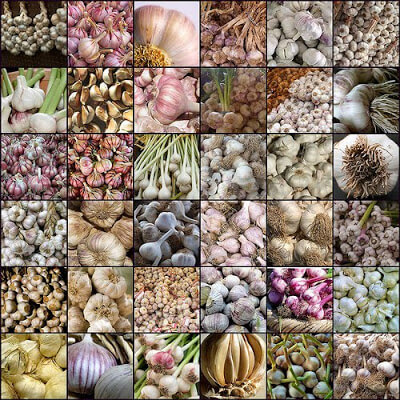
Boil the broth, herbs, garlic and onion. I put it on high until it comes to a full rolling boil and then reduce it to low/medium simmering heat where I leave it for about half an hour to forty minutes. Once I tried to reduce it to only about 20 minutes and while the soup was still good, it wasn't nearly as good as when I let it simmer properly. Patience!
Strain your broth and put it back on the burner on low heat.
In a bowl, whisk together the eggs, cheese and pepper. This isn't a meringue and doesn't need to be frothy but should be well mixed and creamy looking. Slowly, while whisking, add the olive oil. If you add it all at once without stirring, your mixture will separate and it's all down hill from there. Trust me. I like to add some ground pepper to this concoction.
Slowly (yes again - I'm sorry) add a ladle or two of hot broth to the egg mixture. It is very important that you add this slowly or you will end up not with a creamy lovely soup, but with watery scrambled eggs. Continue to whisk vigorously while you add the ladles of hot broth.
This will bring your egg mixture to a warm temperature and now you are ready for the final step. Slowly (while whisking) add your warmish egg mix to the pot of hot broth. Once it's all added, whisk over low heat for a short while until it's all piping hot.
Cut up a crusty baguette and put some pieces in your bowl. Grate some paremesan cheese over top and grate some more pepper. Add soup. Drizzle some olive oil on top. Enjoy!
Garlic image by Robynejay.


"Your Majesty, this is our wonderful Poet Laureate," speaker of the House of Commons.
"Oh, hello. Lovely to meet you," the Queen, her hand extended.
Poet's eyes go wide, face flushes and she takes a step back.
"This is my friend Amy," Poet Laureate.
"Um. Oh... OK then. Well, hello dear," the Queen says reluctantly to me and shakes my hand.
"OH MY GOD! YOU'RE THE QUEEN! HOLY CRAP!" (that would be me, though not verbatim)
















Lots here including a visit to a very empty St. Pancras, the Islington Urban Farm (where the above lovely is from) and a bunch of other bits and bobs.
Visit the entire Flickr set here.
I've posted most of the images from my east coast (Boston and NYC) work trip we took in mid-October on my Flickr.
You can see the entire set, including images from the lovely Harvard University, here.
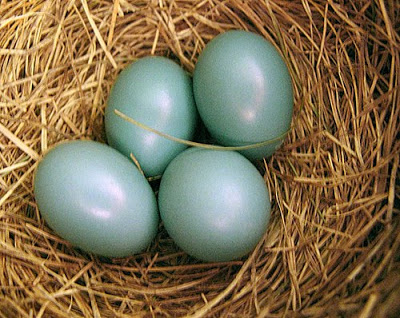

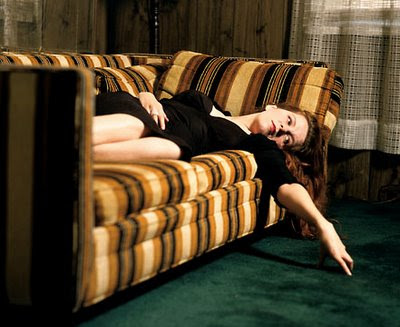
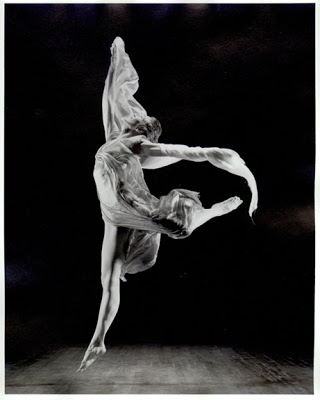
Duncan's fondness for flowing scarves which trailed behind her was the cause of her death in a freak automobile accident in Nice, France, on the night of September 14, 1927, at the age of 50. The scarf was hand-painted silk from the Russian-born artist Roman Chatov. The accident gave rise to Gertrude Stein's mordant remark that "affectations can be dangerous."
Duncan was a passenger in the Amilcar automobile of a handsome French-Italian mechanic, Benoît Falchetto, whom she had nicknamed "Buggatti" (sic). Before getting into the car, she said to a friend, Mary Desti (mother of 1940s Hollywood writer-director Preston Sturges), and some companions, "Adieu, mes amis. Je vais à la gloire!" ("Goodbye, my friends, I am off to glory!"). However, according to the diaries of the American novelist Glenway Wescott, who was in Nice at the time and visited Duncan's body in the morgue (his diaries are in the Beinecke Library at Yale University), Desti admitted that she had lied about Duncan's last words. Instead, she told Wescott, the dancer actually said, "Je vais à l'amour" ("I am off to love"), which Desti considered too embarrassing to go down in history as the legend's final utterance, especially as it suggested that Duncan hoped that she and Falchetto were going to her hotel for a sexual assignation.
Whatever her actual last words, when Falchetto drove off, Duncan's immense handpainted silk scarf—a gift from Desti that was large enough to wrap around her body and neck and flutter out of the car, became entangled around one of the vehicle's open-spoked wheels and rear axle. As The New York Times noted in its obituary of the dancer on September 15, 1927, "Isadora Duncan, the American dancer, tonight met a tragic death at Nice on the Riviera. According to dispatches from Nice Miss Duncan was hurled in an extraordinary manner from an open automobile in which she was riding and instantly killed by the force of her fall to the stone pavement." Other sources describe her death as resulting from strangulation, noting that she was almost decapitated by the sudden tightening of the scarf around her neck.
The beautiful image above is from Mushin.

The Januarist is written by a bunch of people who like to juxtapose the past with the present. We’re not a die-hard group of nostalgists, but recognise the value in things oft-forgotten or superseded.





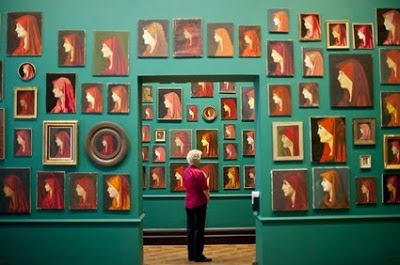
Created by the internationally acclaimed artist Francis Alÿs, Fabiola is an installation of hundreds of portraits of a fourth-century Christian saint. These portraits, including paintings,embroidery and miniatures, are all versions of the same nineteenth-century original, and were gathered by the artist from flea markets, antique shops, and private collections. This is a fascinating exploration of a portrait that has become an icon.Incidentally, Saint Fabiola was a happy lass who
renounced all that the world had to offer her, and devoted her immense wealth to the needs of the poor and the sick. She erected a fine hospital at Rome, and waited on the inmates herself, not even shunning those afflicted with repulsive wounds and sores. Besides this she gave large sums to the churches and religious communities at Rome and other places in Italy. All her interests were centered on the needs of the Church and the care of the poor and suffering.(Source: Wikipedia )

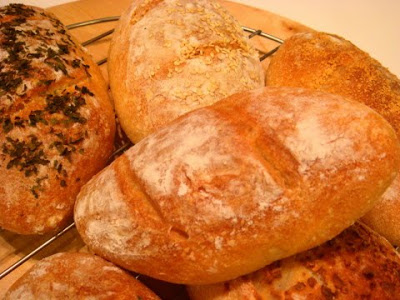
Transform a home oven into a simulated baker's oven, with a hot surface for the bread to bake on, and some kind of simple but effective steam-generating contraption. These elements are necessary for one to get just the right rise and just the crisp crust of true French bread. Eventually Paul's Yankee ingenuity solved the first problem, when he slid a tile made of asbestos cement onto the oven rack to heat up with the oven: a perfect, affordable baking surface. But creating the all-important burst of steam, which forms the crust, was more difficult. Eventually we discovered that, by placing a pan of cold water in the bottom of the oven, and dropping a very hot brick (or stone or metal ax-head) into it, one could produce the perfect steam-puff. Eh voila! We had created the first successful recipe ever for making French bread ... in a home oven. What a triumph!Right. I'll get right on it.


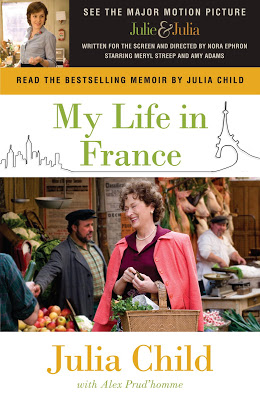

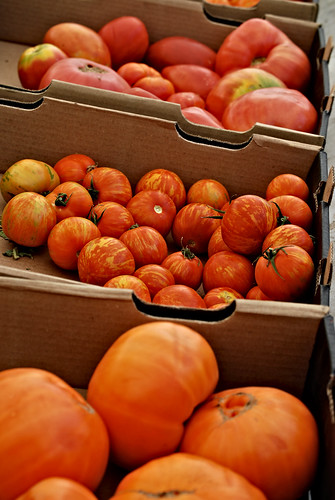

Today is your day.
You're off to Great Places!
You're off and away!


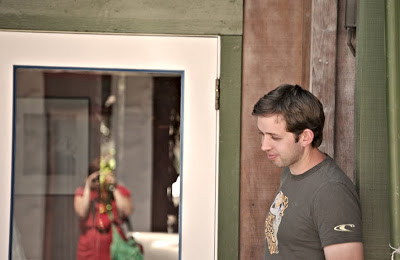
My boyfriend is lovely and in addition to the Holga, he bought me a sweet little Fuji Mini Polaroid Camera, which takes the cutest little instant photos in the world.
The Flickr set includes my girl Friday's birthday, a trip to Toronto (and the lovely Crystal) and some lovely London times.
Making Strange Copyright © 2025 Amy Thibodeau